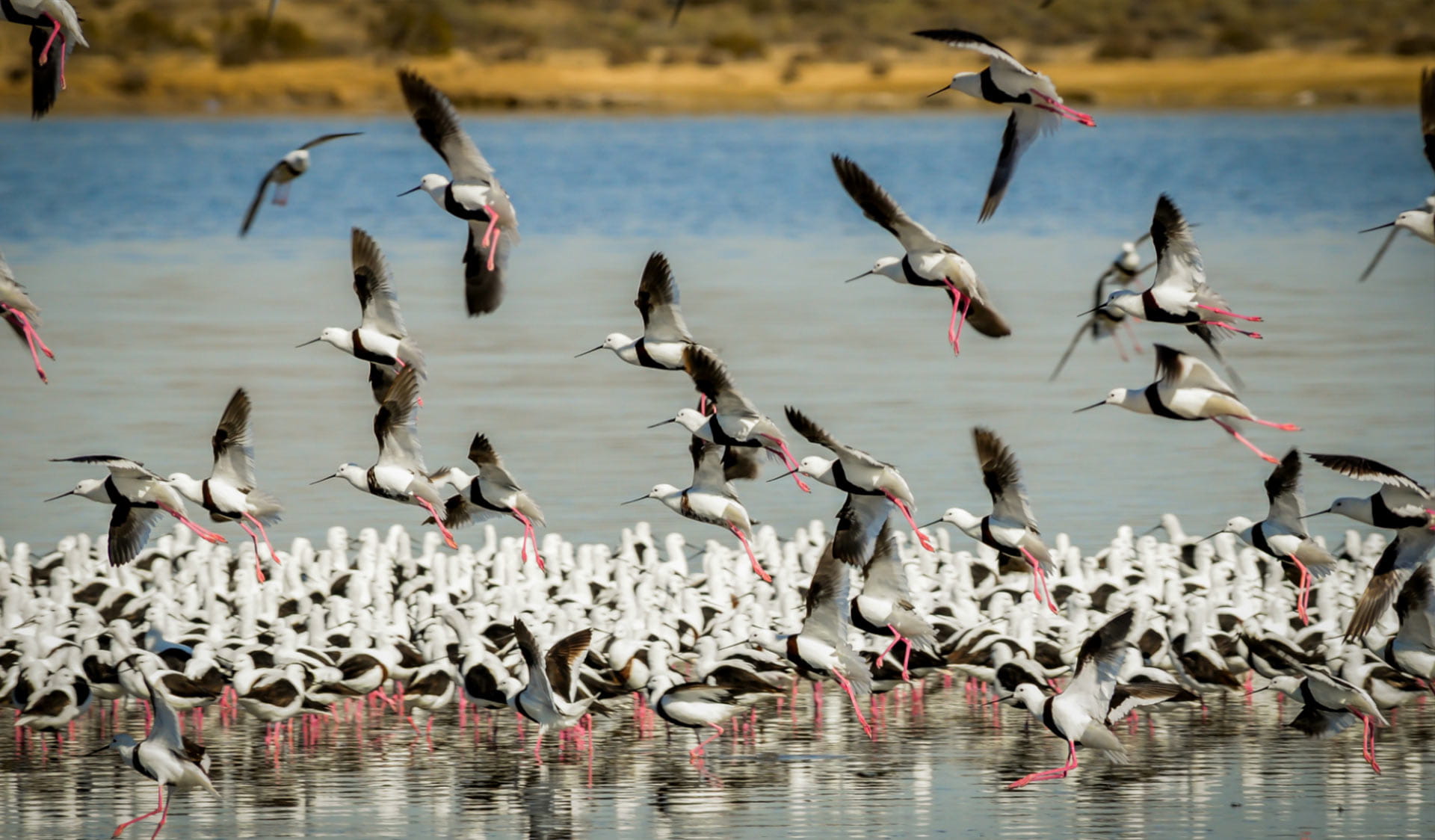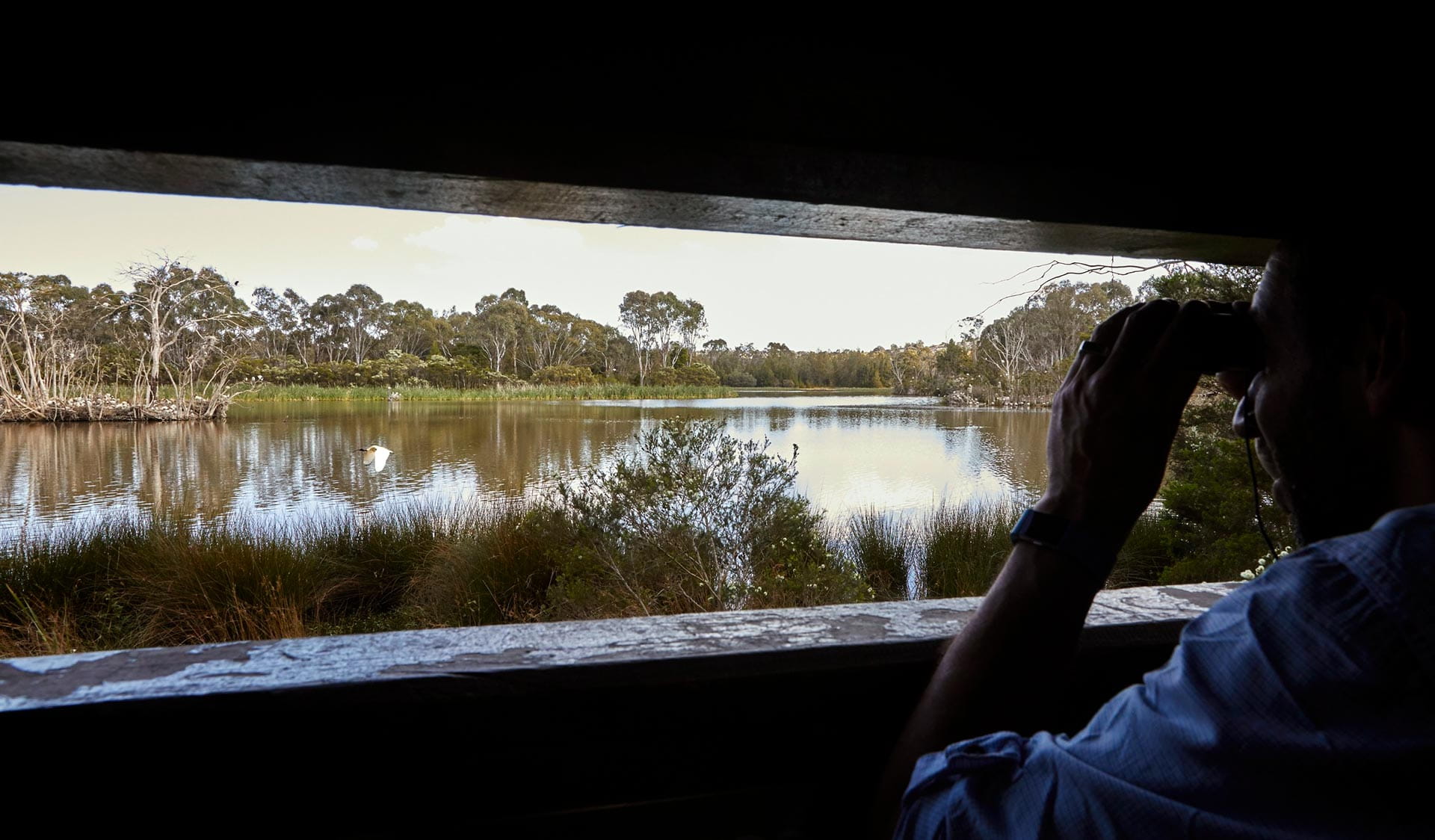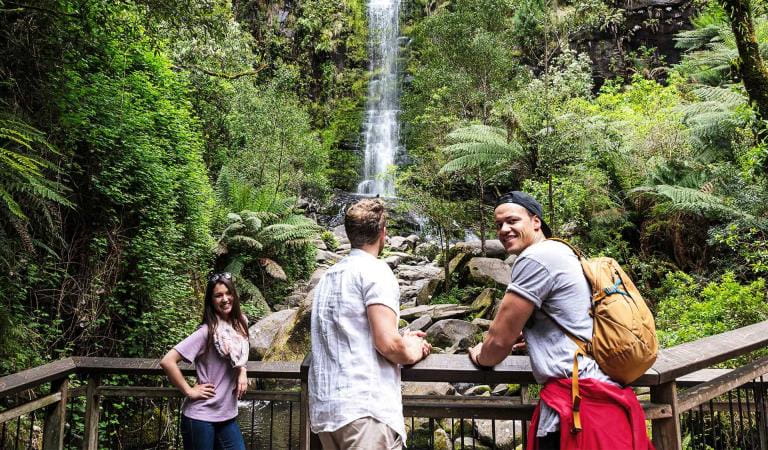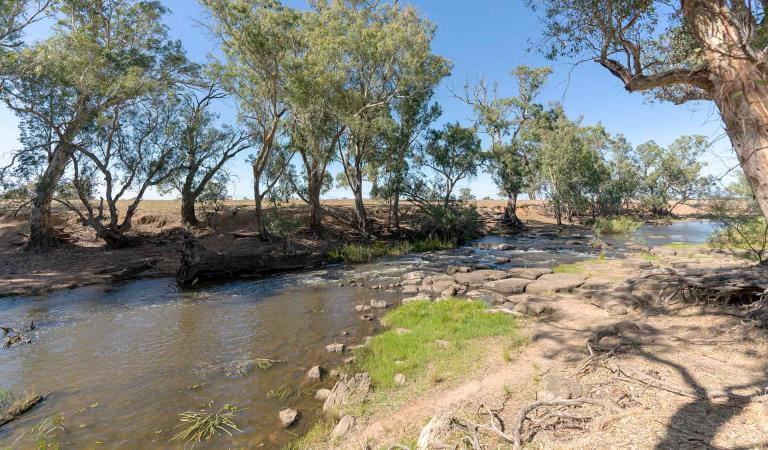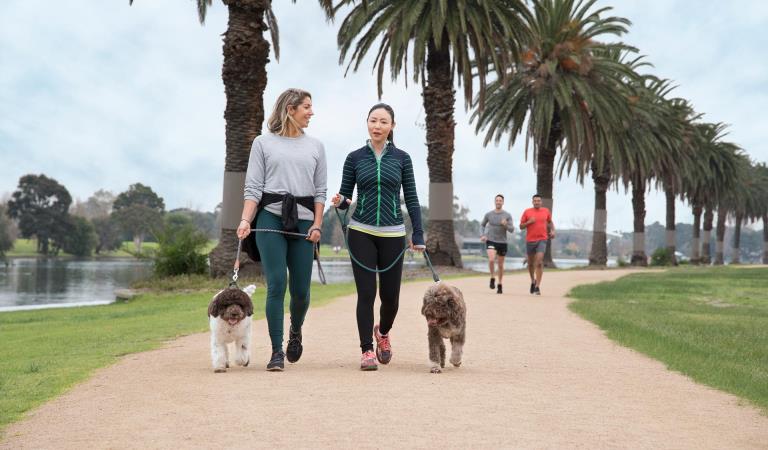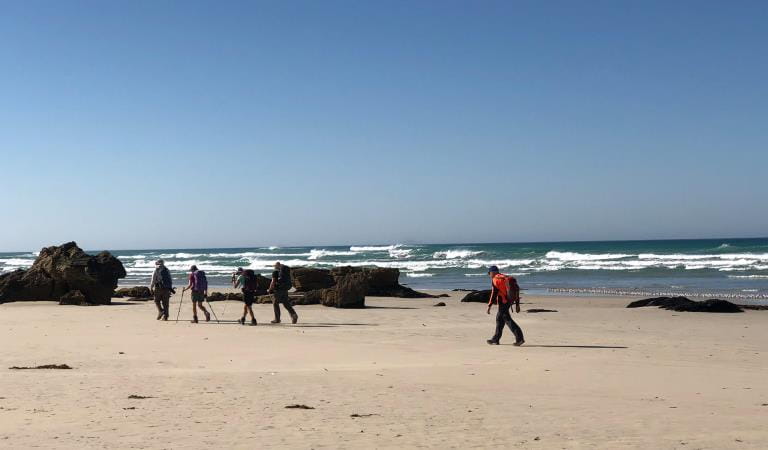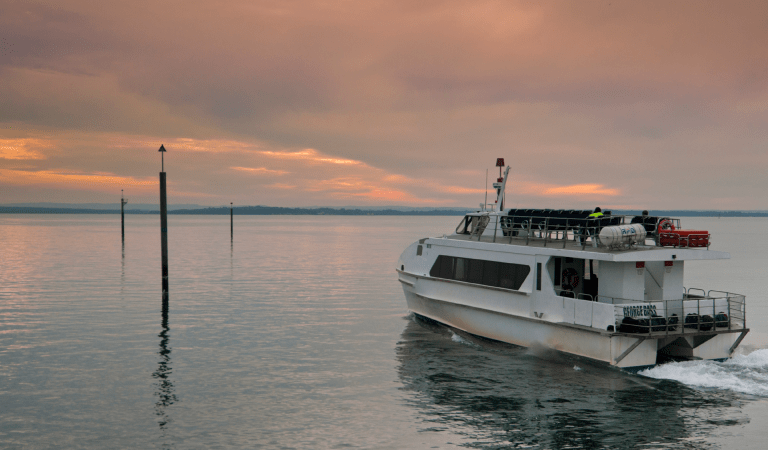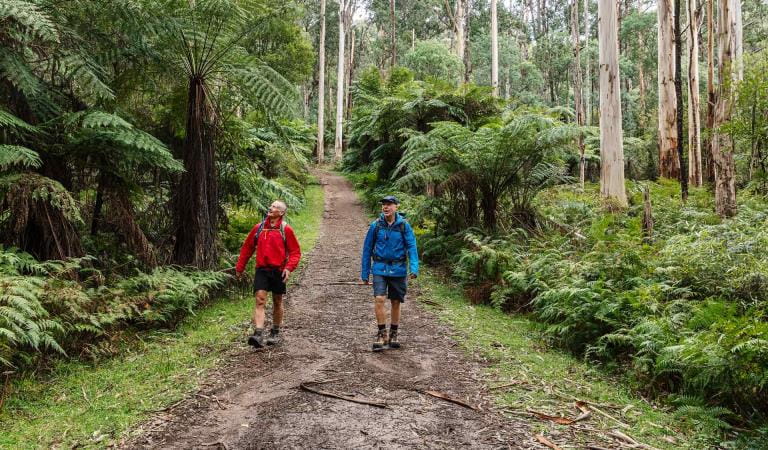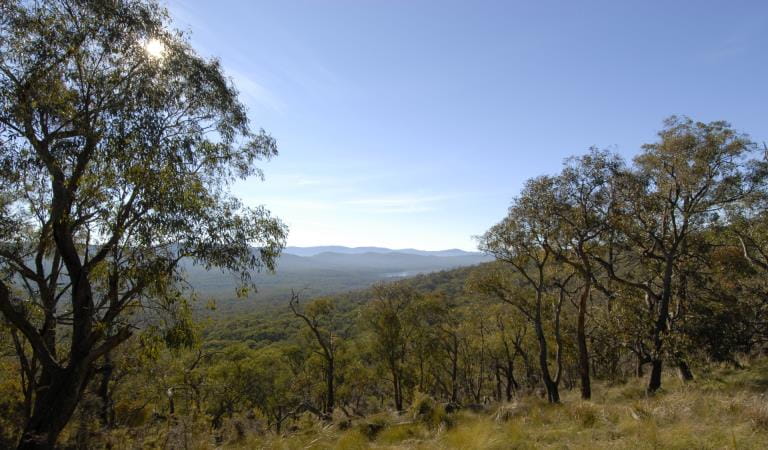Explore
Birdwatching
Birdwatching is a great way to get into nature and learn more about our incredible native wildlife. It's also a fun and simple activity that's good for improving mental wellbeing. Around 450 species of birds call Victoria home, including many rare and endangered species. Whether you’re a seasoned twitcher or brand-new to birding, here are some of the best places for birdwatching in our national parks.
Take a trip to Victoria’s Mallee region and you’ll find ample opportunities for birdwatching. Wyperfeld National Park, Murray-Sunset National Park, Hattah-Kulkyne National Park, Kings Billabong Park and Little Desert National Park are some of the best places to spot birds including bush birds, birds of prey and parrots. The expansive wetlands of Kings Billabong Park and Hattah-Kulkyne National Park are also perfect for spotting a variety of wetland birds. With over 300 species of birds recorded in the region, you’ll be sure to spot something special. Significant species include the Regent Parrot, Malleefowl and Black-eared Miner.
If you want to try something new or meet like-minded people, contact a licensed tour operator. They are experts in birdwatching and will make sure you get the most from your session.
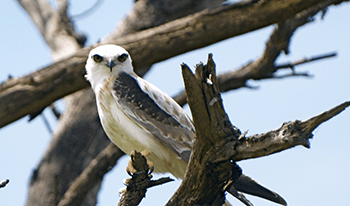 Birds of prey
Birds of prey
Take a trip to the north-east of the state and explore the historic box-ironbark forests of Chiltern-Mt Pilot National Park. Plenty of short walks perfect for birdwatching await you, along with the chance to spot a Brown Goshawk or Square-tailed Kite among the trees. You might also catch a glimpse of a Barking Owl, Little Eagle, Black-shouldered Kite or Wedge-tailed Eagle, so keep your eyes peeled! Visitors to Chiltern-Mt Pilot National Park can also spot bush birds such as Painted Button-quail, Rainbow Bee-eater, Speckled Warbler or parrots including Swift Parrot, Turquoise Parrot, Gang Gang Cockatoo, Australian King Parrot, Red-rumped Parrot, Musk Lorikeet and Purple-crowned Lorikeet.
More places to visit for birds of prey:
- The Lakes National Park: Whistling Kite, Nankeen Kestrel, Swamp Harrier, White-bellied Sea-eagle
- Lake Tyers State Park: Powerful Owl, Sooty Owl, White-bellied Sea-eagle
- Sale Common Nature Conservation Reserve: Whistling Kite, Swamp Harrier
- Warby-Ovens National Park: Powerful Owl, Barking Owl, Peregrine Falcon
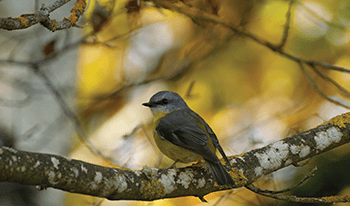 Bush birds
Bush birds
Just over an hour’s drive from Melbourne, Brisbane Ranges National Park is one of the state’s richest wildflower habitats and a haven for nectar-drinking bush birds. Watch for the striking figure of the Yellow-tufted Honeyeater and keep an eye out for the flash of vivid red adorning the breast of the Scarlet Robin. You might also see White-throated Nightjar, Striated Pardalote, New Holland Honeyeater, Grey Shrike-thrush, Red-browed Finch, Eastern Yellow Robin or Common Bronzewing. This is one of the best places in the state to spot the elusive Spotted Quail-thrush.
More places to visit for bush birds:
- Woodlands Historic Park: Red-capped Robin, Black-eared Cuckoo, Purple-crowned Lorikeet
- Lake Tyers State Park: Rose Robin, Wonga Pigeon, Glossy Black Cockatoo, Little Tern
- Kinglake National Park: Eastern Whipbird, Gang-gang Cockatoo, Superb Lyrebird, Pink Robin, Silvereye, Brush Cuckoo, Red-browed Treecreeper, Rufous Fantail
- Warby-Ovens National Park: Rainbow Bee-eater, White-winged Triller, Western Gerygone, Scarlet Robin, Red-capped Robin, Speckled Warbler, Diamond Firetail, Turquoise Parrot
- Croajingolong National Park: Scarlet Honeyeater, Pilotbird, Topknot Pigeon, White-throated Gerygone, Cicadabird, Beautiful Firetail and Australian Figbird
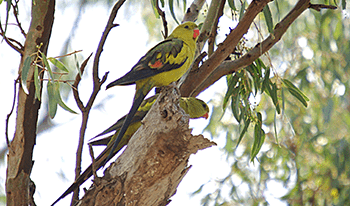 Parrots
Parrots
Head south to Wilsons Promontory National Park, whose coastal bushlands and craggy mountains are home to an abundance of birds. In the grasslands and grassy woodlands you might spot the sapphire wing plumage of the Blue-winged Parrot. Look carefully among the coastal heathlands for the shy and unusual Ground Parrot – one of only five ground-dwelling parrots in the world – and scan the mountain trees for the flashy red heads of Gang Gang Cockatoos. Wilsons Promontory National Park is also home to a variety of bush birds including the Olive Whistler, Beautiful Firetail, Southern Emu-wren, Crescent Honeyeater, Forest Raven, Bassian Thrush, Flame Robin, Ground Parrot and Hooded Plover and sea birds like waders, ducks and terns, Hooded Plover and Pied Oystercatcher.
More places to visit for parrots:
- Wattle Park: Eastern Rosella, Rainbow Lorikeet, Galah, Gang-Gang Cockatoo, Musk Lorikeet, Swift Parrot
- Nooramunga Marine and Coastal Park: Blue-winged Parrot
- Warby-Ovens National Park: Turquoise Parrot, Gang Gang Cockatoo
- Croajingolong National Park: Glossy Black Cockatoo, Ground Parrot, King Parrot, Blue-winged Parrot
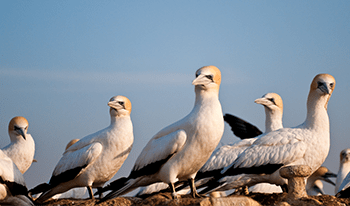 Sea birds
Sea birds
Nestled in Victoria’s far-east Wilderness Coast, the beachside habitat of Cape Conran Coastal Park is a sanctuary for sea birds of all kinds. You’ll likely spot the distinctive red bills of Oystercatchers on the shore, and overhead you might catch a glimpse of a White-bellied Sea Eagle. Keep an eye out as well for the Pilotbird, Eastern Whipbird, Hooded Plover, Double-banded Plover, Pied Oystercatcher, and Red-necked Stint, as well as many gulls and terns.
More places to visit for sea birds:
- Point Cook Coastal Park: Black Swans, White-fronted Chats, Hudsonian Godwit, Little Stint, Red-necked Avocet, Banded Stilt
- Point Nepean National Park: Hooded Plovers, Australasian Gannets, Shy Albatross, Black-browed Albatross
- Nooramunga Marine and Coastal Park: Bar-tailed Godwit, Eastern Curlew, Grey-tailed Tattler, Broad-billed Sandpiper, waders, Pied Oystercatcher, Crested Tern, Caspian Tern, Hooded Plover
- Belfast Coastal Park: Hooded Plover, Red-capped Plover, Pied Oystercatcher, Sanderling
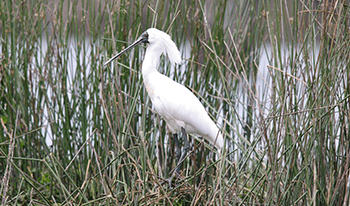 Water and wetland birds
Water and wetland birds
Coolart Historic Area features a natural creek system and artifically created wetlands that are a haven for a multitude of birds. The hides and observatory are great spots for birdwatching. Keen observers will see Swamp Hens and White Ibis, many species of ducks, crakes and rails, White Ibis, Hoary-headed Grebe, Cormorants, Chestnut Teal, Blue Billed Duck, Crakes, Rails. Plenty of bushbirds and parrots also call the park home. The diversity of habitats means you might spot up to 60 species in one day!
More places to visit for water/wetland birds:
- Yarra Bend Park: Australasian Darter
- Wattle Park: Wood Duck, Buff-banded Rail and Little Pied Cormorant
- Sale Common Nature Conservation Reserve: Spoonbill, Heron, Coot, Swan, Cormorant, Ibis and numerous migratory birds
- Barmah National Park: Spoonbill, Egret, Cormorant, Ibis, Sacred and Azure Kingfishers
Iconic Victorian Birds
For seasoned birdwatchers who want to see the rare and exceptional, keep an eye out for:
- Orange-bellied Parrot – Spit Nature Conservation Reserve, Lake Connewarre State Wildlife Reserve
- Satin Bowerbird – Dandenong Ranges, Kinglake National Park, Great Otway National Park
- Cape Barren Goose – Serendip Sanctuary, Wilson’s Promontory National Park
- Mallee emu-wren; Red-lored Whistler; Striated Grasswren; Black-throated Miner – The Mallee
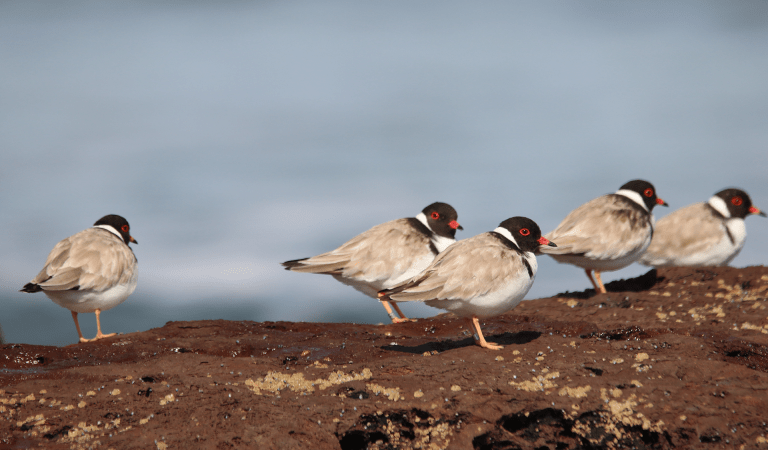
Hooded Plover
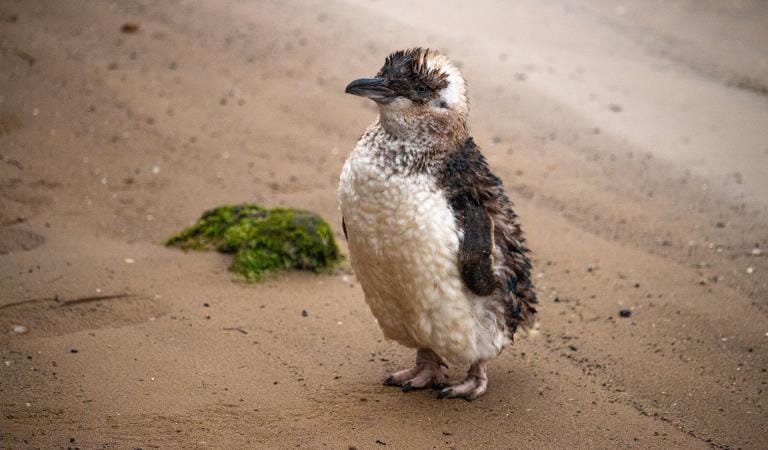
Little Penguin
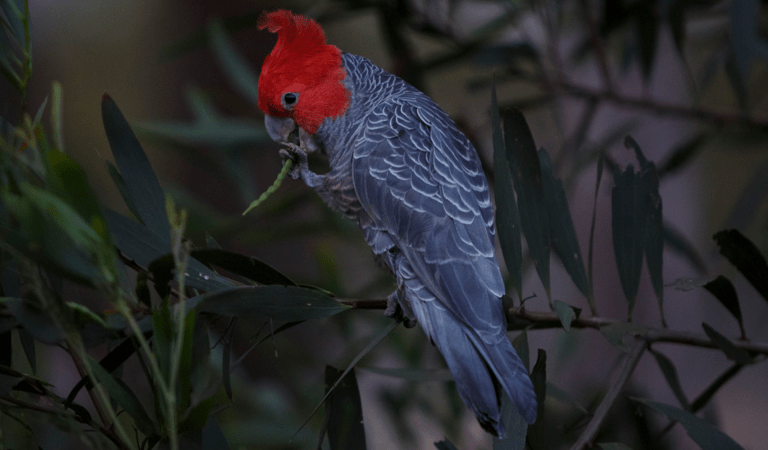
Gang Gang Cockatoo
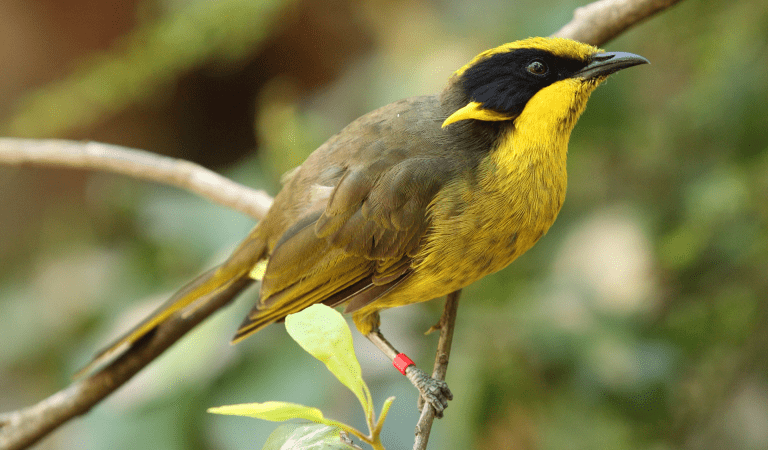
Helmeted Honeyeater
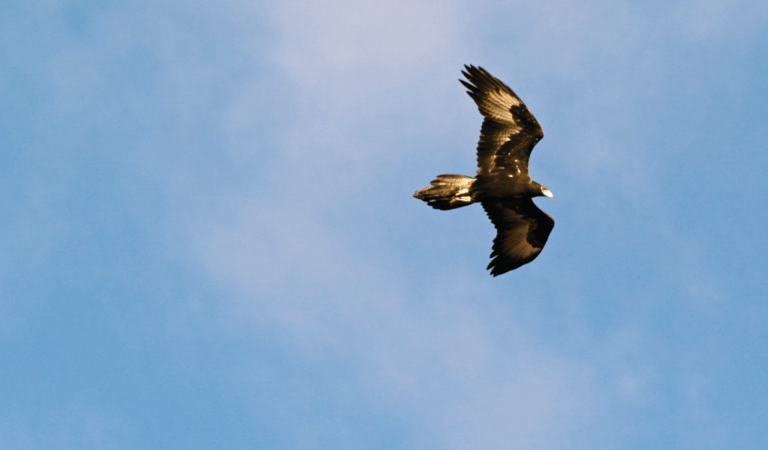
Wedge-Tailed Eagle
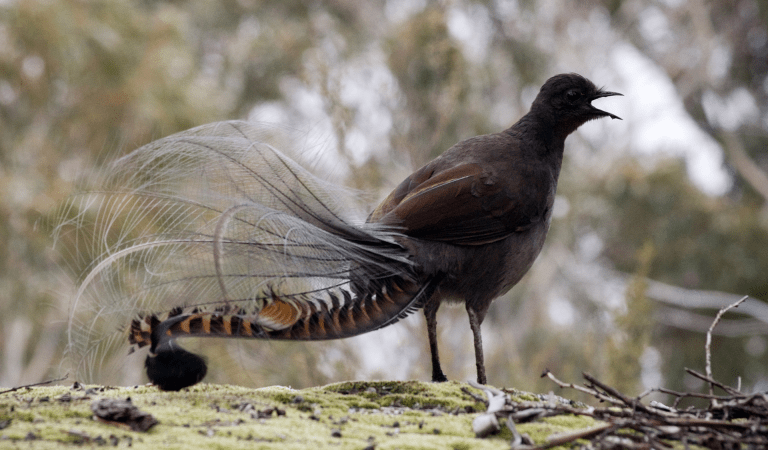
Superb Lyrebird
Need to know
Birdwatching
How you can help
Your birdwatching can help play an important part in conservation efforts. Here are some ways you can help preserve and protect Victorian birds:
- Record the date, time and location of Orange-bellied Parrot sightings and reporting them to Parks Victoria
- Register with Birdlife Australia’s BIRDATA project, where you can upload bird lists to help conservation activities in Australia (they even have an app!)
Guidelines for responsible birdwatching
When observing birds, it is important to:
- Remember that you are in their natural habitat, take your rubbish and leave the area as you find it
- Keep a safe distance, avoid making loud noises and keep flash photography to a minimum
- Do not approach nesting birds and don’t use call playback devices as this can stress birds
- Leave your pets at home. Dogs can disturb birds and are not permitted in most conservation areas
- Wear suitable clothing for the weather conditions, take a hat, sunglasses, sunscreen and insect repellent, especially if visiting wetland areas where insects are rife
- Make sure you have a charged mobile phone in case of emergency. If heading to remote areas, be aware that mobile reception may be unavailable, so plan ahead and let someone know where you are going before you leave
- Take binoculars and/or a camera with a zoom lens
Read more about responsible birding on the BirdLife Australia Ethical Birdwatching Guidelines fact sheet (PDF).


